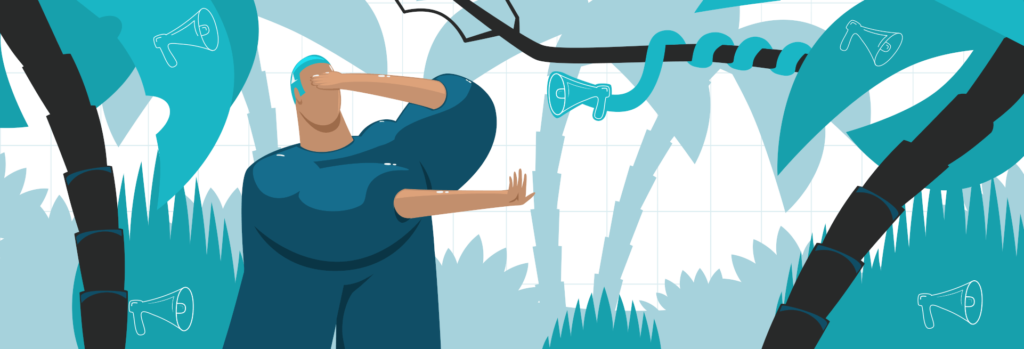What is Banner Blindness, and How to Reduce it?
Banner blindness can be the reason for your ad underperformance. It’s an issue for the whole advertising industry, because it makes users ignorant to advertisements, lowers ad engagement, and decreases publishers’ ad revenue.
This article explains what banner blindness is, what causes it, and how to deal with it.
What is Banner Blindness?
Banner blindness is the tendency of users subconsciously or intentionally not pay attention to the ads displayed on web pages.
Originally this term was associated with ignoring banner ads, but nowadays, it’s used to describe the overall user tendency to ignore different types of ads. It’s also known as ad blindness.
What causes banner blindness?
Humans have a natural ability to filter out unnecessary information while focusing and remembering valuable data, also known as selective attention.
Therefore, users can quickly learn the patterns of websites and where to search for specific elements of the page, ignoring any distractions. Hence, banner blindness.
In the digital world, it’s common to experience information overload. If the user doesn’t have a lot of time or energy, he won’t have the dedication to interact with ads. Especially if the ads don’t seem useful or relevant.
Users have mastered the ability to ignore advertisements that appear in traditional ad spaces. This kind of user behavior molds marketers’ and publishers’ creativity and forces them to think outside the box.
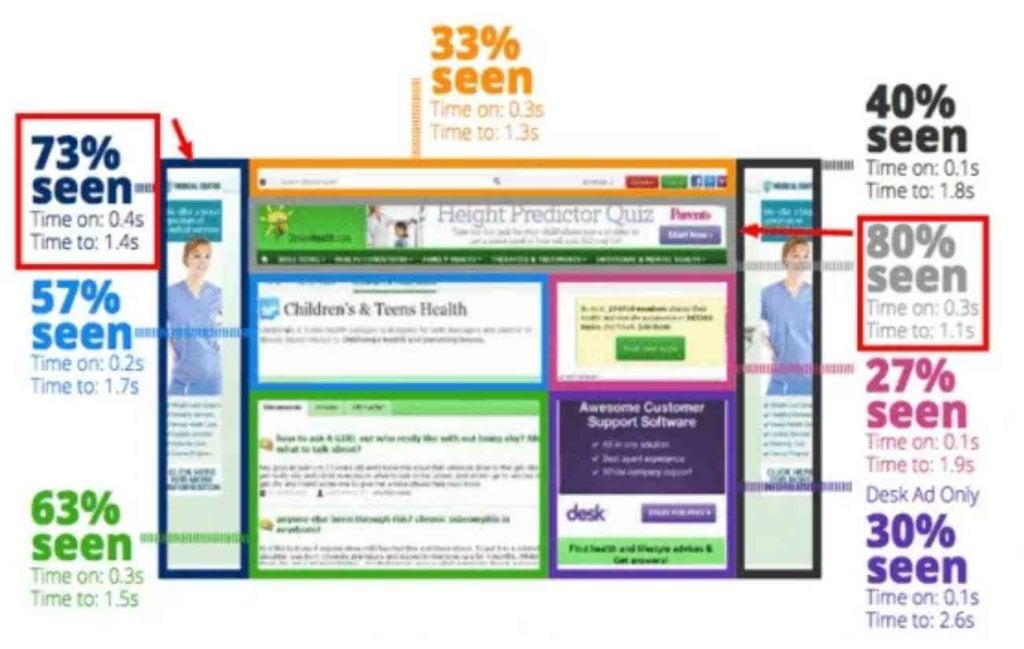
Source: Woculus
How Does Banner Blindness Affects Publishers and Bloggers?
There’s a false assumption among publishers that banner blindness mainly affects advertisers.
Banner blindness can be considered an issue for the digital advertising industry as a whole. In fact, many publishers are losing monetization opportunities because of it.
For example, AdSense publishers get paid on a CPC basis and will have a lower revenue because of ad blindness, which decreases the number of clicks on ads.
It’s the same for publishers who earn on a CPM basis because advertisers aren’t willing to pay for ads that don’t have a high engagement. Moreover, banner blindness can decrease ad viewability, which will lower the overall value of the ad inventory and ad revenue.
Why Don’t Users Click on The Banners They See?
There are 5 aspects that contribute to users not seeing or avoiding to see banner ads:
- Ad placement. The location of ads plays a significant role in users’ browsing experience. If your ads have a poor placement, they won’t be seen or will be ignored.
For example, ads in the ABF (above-the-fold) positions will have better ad viewability, but can be scrolled through pretty quickly if there isn’t enough content in the first viewport to entice the reader to stay on longer.
Similarly, placing many ads in the BTF (below-the-fold) positions is not recommended because the lower the user needs to scroll down, the slimmer the chances he will ever get to see your ads.
Generally speaking, ads in the BTF positions should be spaced further apart from each other than ads in the ATF positions and reserved for more loyal users.
- Intrusive ads. Intrusive ads are outdated and annoying because they distract users and complicate their browsing experience. They usually disrupt the user’s natural reading flow and can be in the form of unexpected pop-ups, auto-play videos with sound,or ads that appear in new windows or pages.
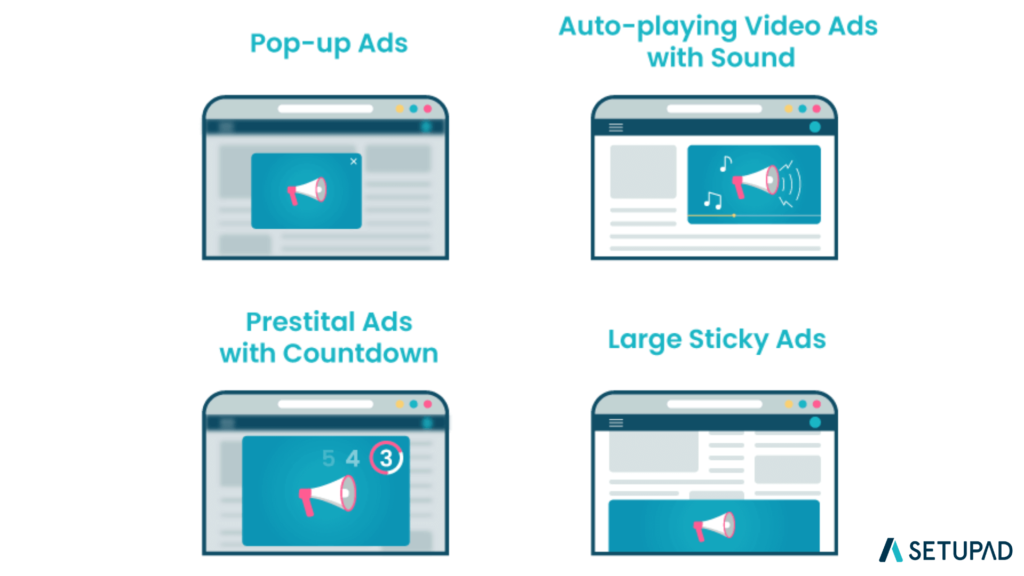
Source: Setupad
- Visual recognition of the ad. Several eye-tracking studies have shown that users have trained themselves to ignore specific design elements that resemble advertisements, like certain sized images (300×250), animated images, or images with a call-to-action. Humans have a natural tendency to find ads annoying and distracting. Therefore, recognizing them immediately will only increase the chance of ad blindness.
- Usefulness and relevance. Irrelevant advertisements are often seen as boring and annoying. If users don’t find the ad beneficial, they won’t interact with it. User responsiveness is closely related to personalization.
- Disbelief. Some users consider all ads malicious and fear they will inject viruses into their devices. Others don’t trust targeted ads due to privacy concerns. In both cases, users with this ideology would tend to avoid ads.
6 Strategies to Decrease Banner Blindness
There are 6 strategies you can use to decrease banner blindness:
- Experiment with ad sizes and placement. As mentioned, users can get used to regular website layouts and avoid page elements resembling ads. If you don’t approach ad size and placement with creativity and research, it will only increase the amount of ad blindness on your page. Therefore, it’s important to think about where to best place ads on your page, what ad sizes work best on mobile and desktop, and how to improve them for better performance.
Setupad’s team of experts assesses each publisher’s website and offers customized ad placement solutions to increase ad performance and ad viewability. In our dashboard, you can also see ad viewability rate for each ad unit and the total ad viewability for the domain-level to help with optimization strategies.
- Don’t place too many ads on your page. Ad cluttering typically annoys users and is considered intrusive. Having too many ads on the website won’t only irritate users but also diminish the overall ad inventory value. Think about quality over quantity and how to extract the maximum value from existing ad placements to improve user engagement and viewability. Replace unviewable placements and experiment with ad density.
Every website is different, but as a rule of thumb, Setupad’s calculation of optimal ad density is 3-5 ads per page for news publishers.
- Implement native ads. Native ads match the content and design of the page they’re located on, giving users a more natural feel. Compared to display ads, native ads don’t look like ads, and users often consume them together with content. They can improve the user experience, ad engagement, CTR, and ad viewability.

In fact, a study shows that user interaction with native ads is by 52% higher than with banner ads. It’s also revealed that users spend a similar amount of time looking at the content and native ads, which proves that they have a higher engagement rate.
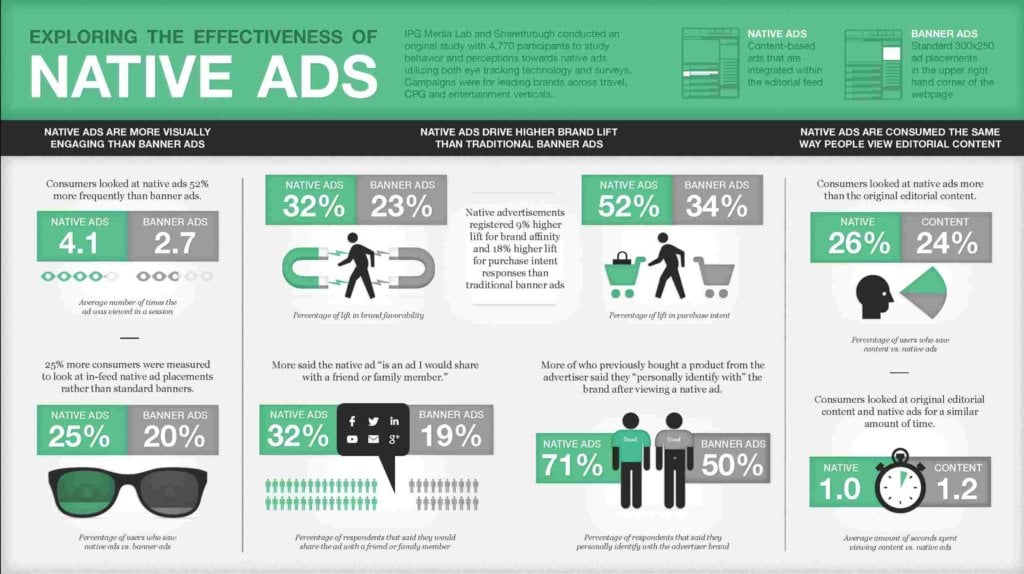
Source: IPG & Sharethrough
- Make use of interactive advertising. Interactive ads encourage users to interact with displayed ads, allowing them to interpret these ads in unique ways. It also creates a feel of stronger connection between the brand and the user. Interactive ads can be in the form of rich media ads (e.g., videos, GIFs, audios), outstream video ads, and social media ads (e.g., playable in-app ads, interactive Facebook ads, etc.).
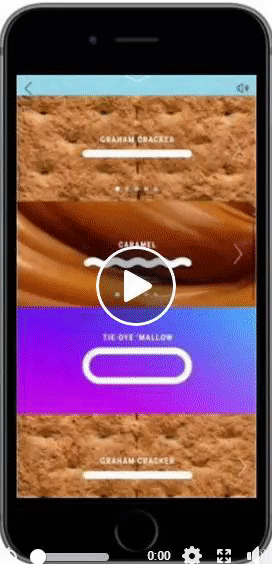
Source: Postclick
- Consider contextual advertising. Contextual ads target and match ads to relevant websites by using keywords. They are fully privacy-compliant and do not rely on cookies or other identifiers. Serving ads relevant to user interest increase ad engagement, revenue and improves the overall user experience.
- Understand the user reading patterns. Banner blindness can be minimized by understanding user behavior online. For ads to be effective and gain the most engagement, they must be placed in the right locations. A study shows that F pattern is how our eyes move when reading online. As most users scan pages from top left to right, you should keep that in mind when placing ads.
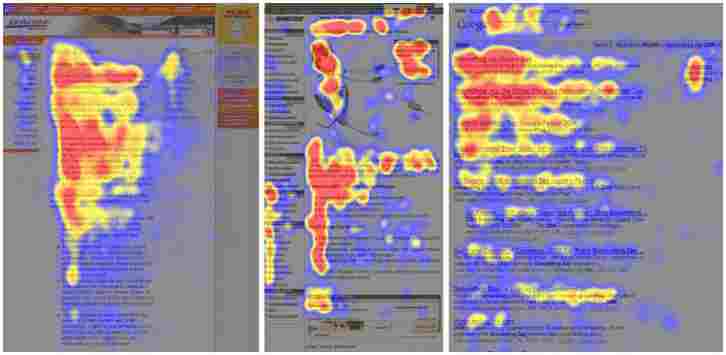
Source: Postclick
Conclusion
Banner blindness is the enemy of both publishers and advertisers. As long as there is digital advertising, this phenomenon is likely to stay.
Although you can’t get rid of it, you can take steps to minimize the impact of ad blindness by using our strategies mentioned above and improving the user experience with ads overall.
If you still have any questions, be sure to leave a comment or email us at [email protected].
